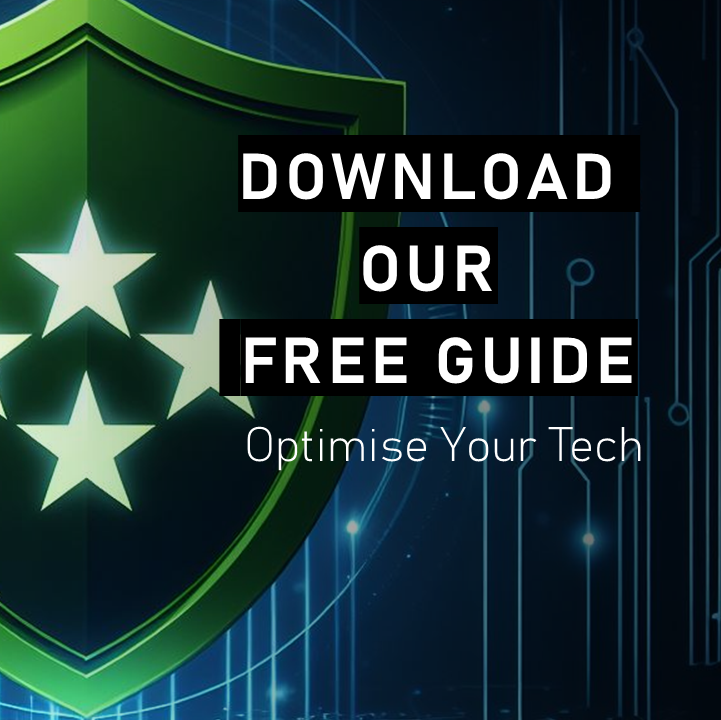In the world of project management, a solution proposal is the bedrock upon which successful projects are built. Whether you are a large corporation or a small business, a well-crafted solution proposal sets the stage for clear communication, effective planning, and successful execution of excellent comprehensive solutions tailored to your business. But what exactly should a comprehensive solution proposal contain? Here are the six key elements you must find in any solution proposal.
1. Scope and Action Items
The first thing to look for in a solution proposal is a clear definition of the scope of the project. This section should outline what the project will cover, ensuring all stakeholders have a shared understanding of the project’s boundaries. It should detail the specific action items that will be taken to meet the project’s objectives, breaking down complex tasks into manageable steps. Without a well-defined scope and action plan, projects can easily drift off course, leading to misunderstandings and missed deadlines.
2. Deliverables and Outcome with Estimated Effort
A solution proposal must clearly specify the deliverables—the tangible outputs that the project will produce. Alongside each deliverable, there should be an explanation of the outcome it is expected to achieve. For example, if the deliverable is a new website, the outcome might be increased online visibility and customer engagement. Additionally, the proposal should include an estimated effort for each deliverable, often expressed in hours or days. This provides a realistic view of the resources required, helping to manage expectations and plan effectively.
3. Prerequisites, Assumptions, and Out of Scope Items
Every project comes with its own set of prerequisites—conditions that must be met before work can begin. These might include access to certain resources, completion of previous projects, or approval from regulatory bodies. Alongside these prerequisites, a good solution proposal will list any assumptions that have been made during planning. These might include assumptions about timelines, resource availability, or market conditions. Finally, it’s crucial to outline what is out of scope. Clearly stating what will not be covered by the project helps prevent scope creep and keeps the project focused.
4. Terms and Conditions
The terms and conditions section of a solution proposal is vital for establishing the legal and financial framework of the project. This section should cover payment terms, including the schedule of payments and any penalties for late payment. It should also include clauses on confidentiality, intellectual property rights, and dispute resolution. By clearly outlining these terms upfront, both parties can proceed with confidence, knowing their interests are protected.
5. Next Steps
Finally, a solution proposal should end with a clear outline of the next steps. This section provides a roadmap for how to move forward once the proposal is approved. It might include a timeline for finalising contracts, an initial project kick-off meeting, or deadlines for providing necessary resources. The next steps should be actionable and time-bound, ensuring that the project moves seamlessly from planning to execution.
6. Modern Digital Signing and Proposal Management
In today’s digital age, relying on traditional methods like printing, scanning, and emailing signed documents is outdated and inefficient. Modern solution proposals should incorporate digital signing platforms that are not only secure but also streamlined. Proposal hubs allow all stakeholders to review, approve, and sign the document in real time, from any location, which saves time, reduces administrative hassle, and speeds up the project initiation process, ensuring that both client and provider can move forward without delays.
Conclusion
In conclusion, a solution proposal is an indispensable tool in any project, regardless of size. For small businesses, it can be tempting to bypass formal proposals, but doing so can lead to costly misunderstandings and misaligned expectations. A well-prepared solution proposal not only provides clarity and direction but also acts as a safeguard for both parties, ensuring that the project stays on track and delivers the desired outcomes. By including these key elements—scope and action items, deliverables and outcomes with estimated effort, prerequisites and out of scope items, terms and conditions, and next steps—you lay the foundation for a successful project that meets all stakeholders’ expectations.









